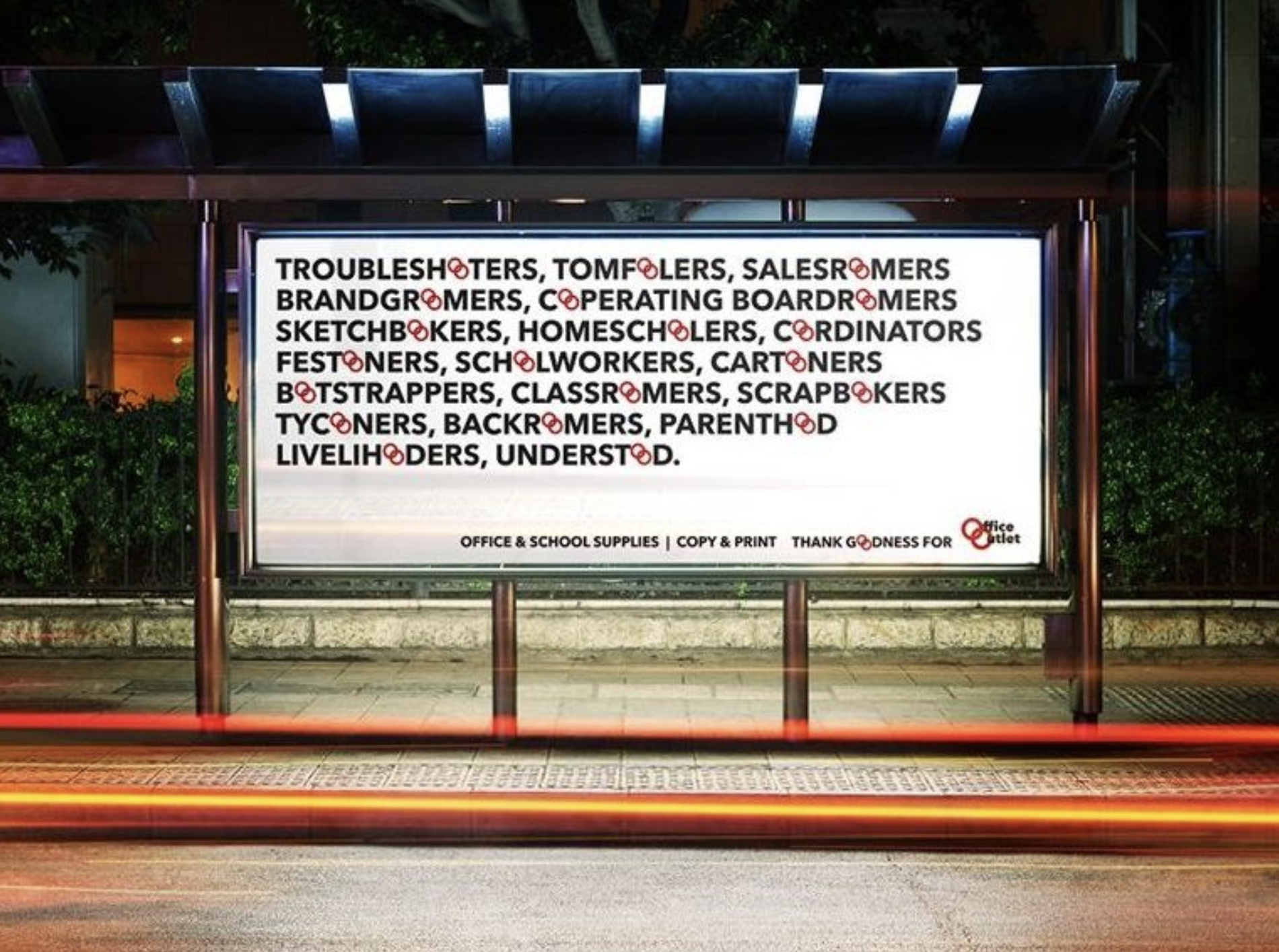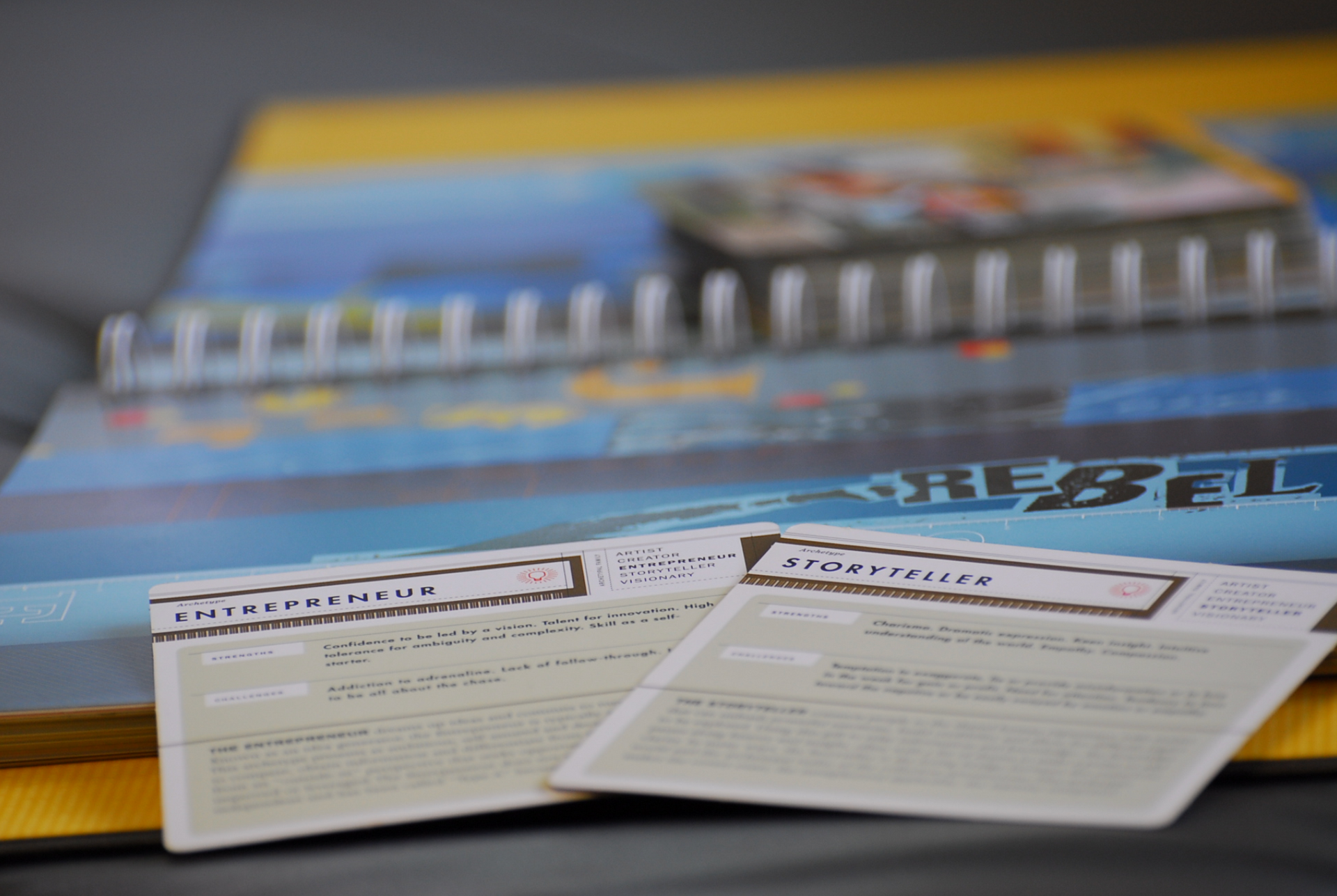The revealing truth about direct mail
We all instinctively realise that interactive mailing packs have more impact and resonance that a simple leaflet. But what’s the science behind this belief? On our internet travels we came across this fascinating information and we thought it worth sharing with you.
1. Radiating Effect
Tactile features felt by the hands affect a person’s subconscious perception of the quality of an object and its benefits – something that feels good is good. This not only applies to products, but also to communications media and the messages they serve to convey. A precision finish, high-quality materials and intriguing folding mechanism implicitly convey notions of expertise and competence, creativity and flexibility as well as versatility and inventiveness.
(e.g. Krishna & Morrin, 2008; Peck & Wiggins, 2006)
2. Embodiment
The successive “unfolding” of your promotional message serves to promote a playful desire for action. The success enjoyed by a person in revealing your message triggers positive feelings that are then immediately transferred to your brand. Movement codes activate mental concepts: for instance, moving the palms of the hands towards the body promotes receptiveness for and acceptance of new information and products.
(e.g. Cacioppo, Priester & Berntson, 1993; Förster, 2003).
3. Social Multiplication
A good interactive mailer will prompt the recipient to share it with colleagues and friends, as a result of which the number of people exposed to the message multiplies. Furthermore people willingly keep such items – they are harder to throw away. Mostly they stays in the possession of the receiver for a long period of time, thus generating high media value for the advertiser.
4. The “DIY” Effect
Interactivity ensures people do more than just read your message, they literally have a hand in making it come together. And in so doing, they’ll be exposed to linguistic, visual and tactile stimuli. The human brain finds it considerably easier to store information if the learning experience involves some kind of physical activity. And thanks to reactivated motoric memories, newly acquired information is easier to remember afterwards. The phenomenon known as multisensory enhancement intensifies cognitive processes and memory recall.
(e.g. Scheier, Held 2010, Kiefer, Sim, Liebich, Hauk & Tanaka, 2007)
5. The Endowment Effect
Handling or touching an object makes a person take psychological possession of it more quickly – and that raises its subjective value and increases the willingness to buy. Interactivity can make abstract concepts vicariously tangible and promote the psychological process of taking possession of an object.
(e.g. Peck & Shu, 2009; Wolf, Arkes & Muhanna, 2008).
6. The Priming Effect
Tactile signals stimulate subconscious perception and behaviour. Heavy objects influence judgement of competence; soft surfaces and movements make people feel more favourably inclined and put up less resistance when it comes to making decisions. Perception is positively influenced by both the fluidity of the experience as well as the associated movement code.
(e.g. Ackermann, Nocera, & Bargh, 2010; Williams & Bargh, 2008).
7. The Reciprocity Principle
Some even call it a “magic trick for the untalented”. For that reason, interactive mailings can often be seen not so much as advertising, but rather as something of a gift. And when someone receives a present, they want to reciprocate and give something back, and therefore will (at least) give you their attention. (e.g. Regan, 1971).
If you'd like to talk more about Direct Mail, or any other form of Marketing Communication, just give us a call on 01794 389 582.
If


